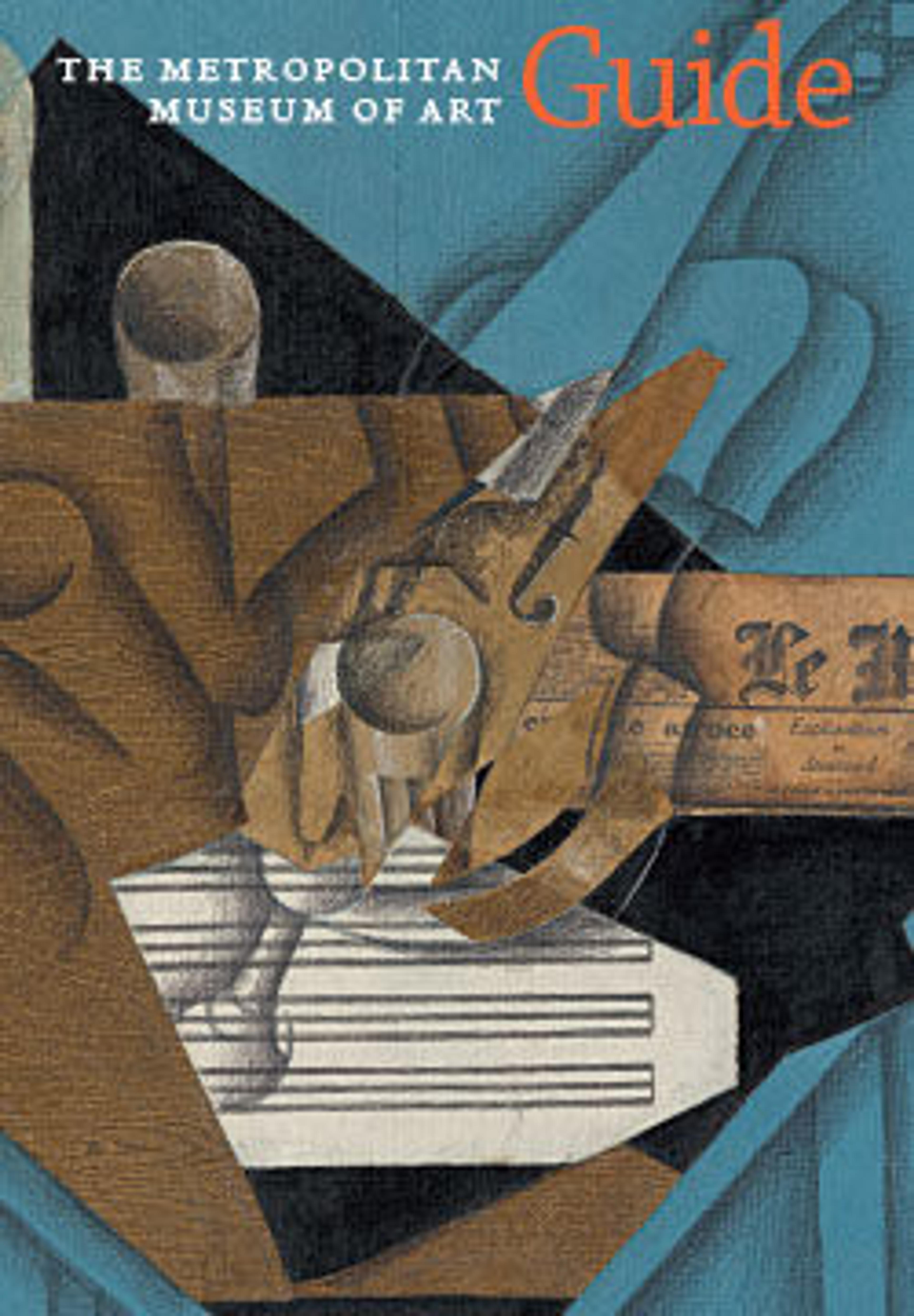English
The Penitence of Saint Jerome
In this triptych, Patinir plotted one continuous landscape across three separate panels, each with a distinct religious narrative in its foreground. On the left, Christ is baptized in the river Jordan; at center, Saint Jerome beats his chest in penitence; and on the right, demons torment Saint Anthony the Hermit. While essential to the work’s function as altarpiece, these stories also provide the pretext for Patinir’s panoramic landscape, the subject matter that made him famous. In this example he made characteristic use of atmospheric perspective, shifting the color palette from green to blue as the vista recedes.
Artwork Details
- Title:The Penitence of Saint Jerome
- Artist:Joachim Patinir (Netherlandish, Dinant or Bouvignes, active by 1515–died 1524 Antwerp)
- Date:ca. 1515
- Medium:Oil on wood
- Dimensions:Shaped top: central panel, overall, with engaged frame, 46 1/4 x 32 in. (117.5 x 81.3 cm); each wing, overall, with engaged frame, 47 1/2 x 14 in. (120.7 x 35.6 cm)
- Classification:Paintings
- Credit Line:Fletcher Fund, 1936
- Object Number:36.14a–c
- Curatorial Department: European Paintings
Audio
5132. The Penitence of Saint Jerome
0:00
0:00
We're sorry, the transcript for this audio track is not available at this time. Please email info@metmuseum.org to request a transcript for this track.
Listen to more about this artwork
More Artwork
Research Resources
The Met provides unparalleled resources for research and welcomes an international community of students and scholars. The Met's Open Access API is where creators and researchers can connect to the The Met collection. Open Access data and public domain images are available for unrestricted commercial and noncommercial use without permission or fee.
To request images under copyright and other restrictions, please use this Image Request form.
Feedback
We continue to research and examine historical and cultural context for objects in The Met collection. If you have comments or questions about this object record, please contact us using the form below. The Museum looks forward to receiving your comments.
